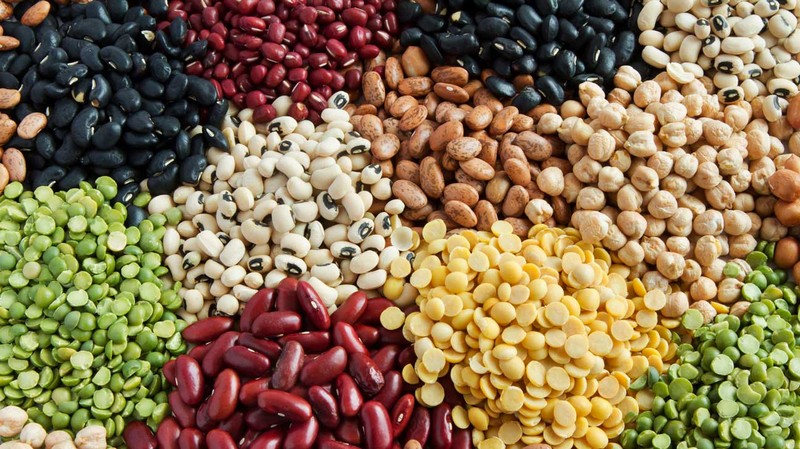Fiber-rich food has been proven to be beneficial in losing weight and helping with satiety, meaning it can keep hunger at bay. Research suggests that getting adequate dietary fiber may aid in maintaining a healthier body weight over time.
Benefits of Increasing Fiber Intake
Eating fiber-rich foods is a smart strategy for shedding unwanted belly fat and improving overall health. By increasing your daily fiber intake, you can support digestion, enhance satiety, manage blood sugar levels better, prevent overeating, and minimize cravings associated with weight gain.
Whole grains such as barley or quinoa, legumes like lentils or black beans, and fruits including pears or raspberries are just some examples of nutrient-dense sources to fuel the body while fighting stubborn abdominal flab. Furthermore, soluble fibers found in apples and citrus fruits absorb water during digestion, forming a gel-like substance that slows down the absorption of sugars and fats into the bloodstream, aiding steady glucose control, which is essential when aiming for waistline reduction. Meanwhile, insoluble dietary fibers, like those present in leafy greens, encourage movement through the gut, balancing bacteria populations and creating an environment conducive to optimal gastrointestinal function, contributing towards reduced bloating.
These are just some of the diverse advantages provided by this low-calorie powerhouse component, regularly consumed within balanced meal plans!
Adding more high-fiber options to your plate is important, especially since different varieties bring unique strengths. These can help enhance long-term well-being journey success and even flatten tummies. Every mouthful should be a satisfying experience that everyone endorses wholeheartedly!
Tips for Incorporating More Fiber Into Your Diet
First, begin by gradually increasing your daily consumption of fruits and vegetables.
Choose whole fruit over fruit juice whenever possible to maximize the intake of fiber. Incorporating legumes such as beans or lentils is an excellent option for boosting dietary fiber while adding variety and flavor to meals. Opting for high-fiber snacks like nuts, seeds, or popcorn can satisfy hunger between meals without derailing healthy eating habits.
Be sure not only to focus on plant-based sources but also to include diverse options in each meal plan. Think brown rice instead of white, and quinoa rather than the pasta you might typically choose! Making these small swaps will ensure optimal nutrition benefits obtained through increased diversity of food selection overall, which contributes significantly toward a long-term success strategy aimed at shedding unwanted belly fat!
When looking after hydration levels, it is essential to understand how much an individual should consume relative to their activity level. This will help them achieve improved health outcomes associated with proper nourishment. This includes consuming an ample supply of available nutrients that the body can process efficiently to utilize and function optimally.
Eating fiber can help you lose belly fat by making you feel fuller for longer, which helps prevent unhealthy snacking. Research also shows that high-fiber foods can improve your body’s ability to regulate glucose and insulin levels, as well as reduce cholesterol and triglycerides in the bloodstream. Additionally, increasing dietary fiber intake has been linked with better weight loss results when compared to a low-fiber diet.
Visit sdfatloss.com for more weight loss tips.

